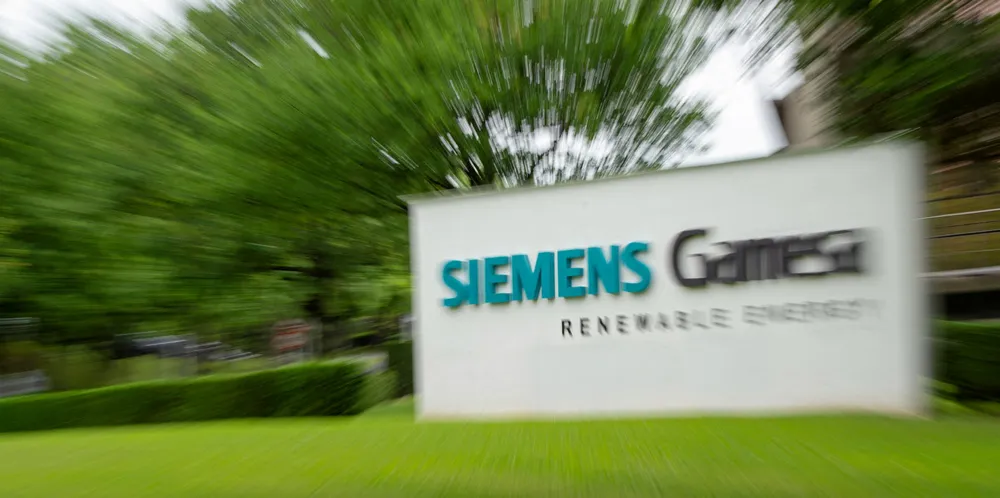Dash to fix Siemens Gamesa, green hydrogen 'ambition and anger' and American headwinds
AGENDA | Our curation of the must-read news and analysis from the-week-that-was in the global renewable energy industry

AGENDA | Our curation of the must-read news and analysis from the-week-that-was in the global renewable energy industry
